As the world continues to increase efforts to find ways to minimize our ecological footprint on the planet, the architecture and design industry is making waves itself through sustainable building practices. Sustainability, as defined by AIA, is the tackling of the compounding global challenges of resource availability, water quality, and welfare of the public. When architects work with this goal in mind, they can create works of art that are friendly to our planet, too.
According to Architectural Record, the construction industry is the source of 39 percent of harmful emissions globally, with the operation of buildings sitting at 28 percent. When assessing ways to combat the damage being done to the environment, one aspect of sustainable design to consider implementing is centered around the materials used to create the building. As humans become more aware of the reality of the number of hazardous elements we come into contact with every day, the issue of material transparency becomes more prevalent. Similar to a parent feeding their child nutritious foods so that it will grow to be healthy and strong, an architect must plan out every aspect of a building so that it, too, will stand strong throughout its lifetime. Not only will the chosen materials affect the structure of the building, but also the the inhabitants and surrounding environment. According to AIA, materials are often made of chemicals synthesized in a factory and are sometimes combined with organic content, which makes it extremely complex and difficult to understand exactly what is in it. While this can raise issues for architects who may face the blame if a person claims to be injured from a harmful material that they claim the architect was aware of, the opportunity and economic impact that can come from this greatly outweighs the negative (you can read more about the risks of material transparency here). Opportunities to choose environmental friendly materials range anywhere from the steel used to support the building to the flooring you choose to go inside of it.
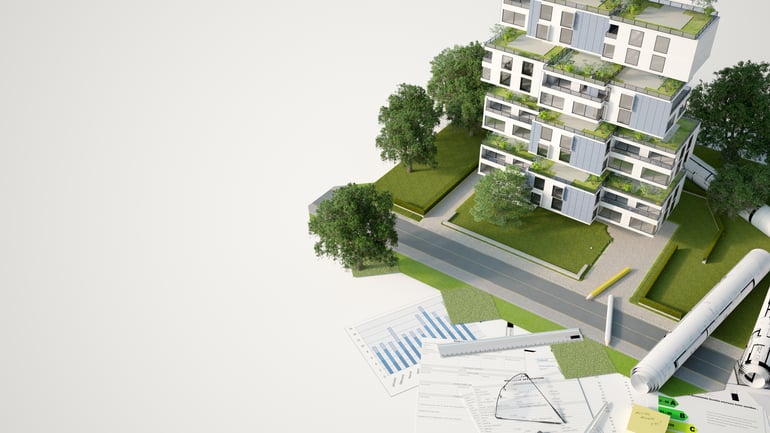
Another area of consideration is how to utilize environmental factors to benefit the building. Called passive design, this strategy aims to create a structure that can rely on things like wind and sunlight to maximize efficiency. By doing this, buildings can save energy that would have gone to produce heating, cooling, lighting, and other elements that can be generated from a smart design. The position of the building, cleverly designed angles and gaps, and window position and design are all examples of paths that architects can take to create a passive design. Equally important is the location of the building. Similar to the passive design strategy, architects can work with engineers to create an active design solution. HMC Architects defines active design as implementing high-efficiency electrical, plumbing, HVAC, and other systems, which are designed to have small environmental footprints.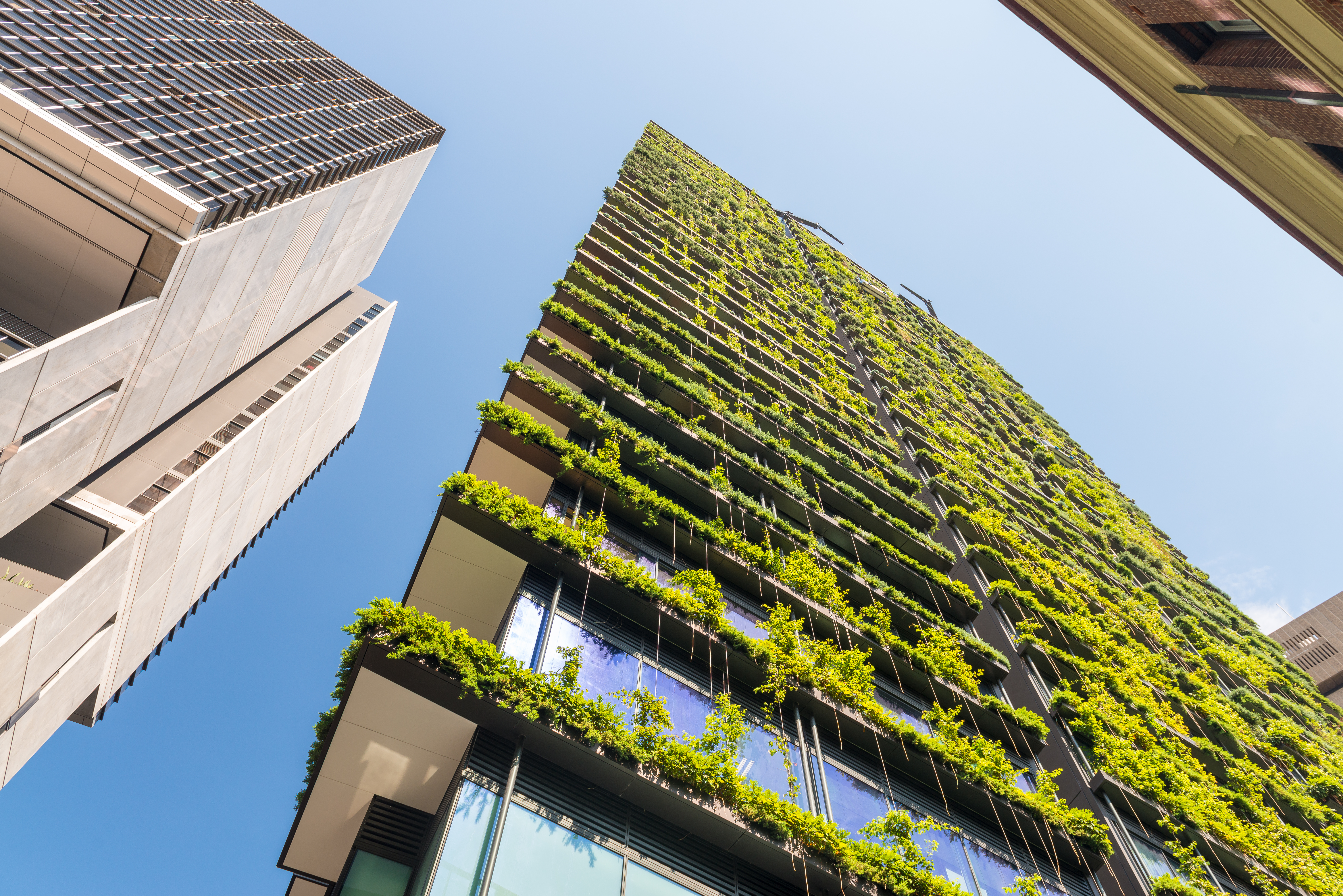
Lastly, architects can use the natural resources already available to them to help produce a more energy efficient building. By utilizing trees and other greenery to provide shade for a building, energy consumption can be cut as the need for excessive air conditioning shrinks. Additionally, clever irrigation systems can be used to save huge amounts of water. A building can be designed to catch rainwater and recycle it so that it becomes usable again.
Though we have a long way to go before we see a world with minimal waste, it is clear that architects have made huge strides in sustainable design. Creative designs and smart planning allow for architecture that is eco-friendly, as well as visually appealing. Architectural Digest compiled a list of sustainable skyscrapers that are great examples which provide excitement for the thought of a future where sustainability and high design work side by side. Included on this list were the following:
Bank Tower of America
Not only does this skyscraper utilize their windows to trap heat, it also is designed to collect rain water to reuse throughout the building.
One Central Park
The exterior of this Sydney, Australia building is covered in 35 different types of plants. These plants work to trap carbon dioxide and omit oxygen, as well as provide shade which in turn saves energy.
Oasia Hotel
Located in Singapore, this building was designed with gaps on the outside to create a funnel for natural air, therefore saving energy.
You can find their full list here.

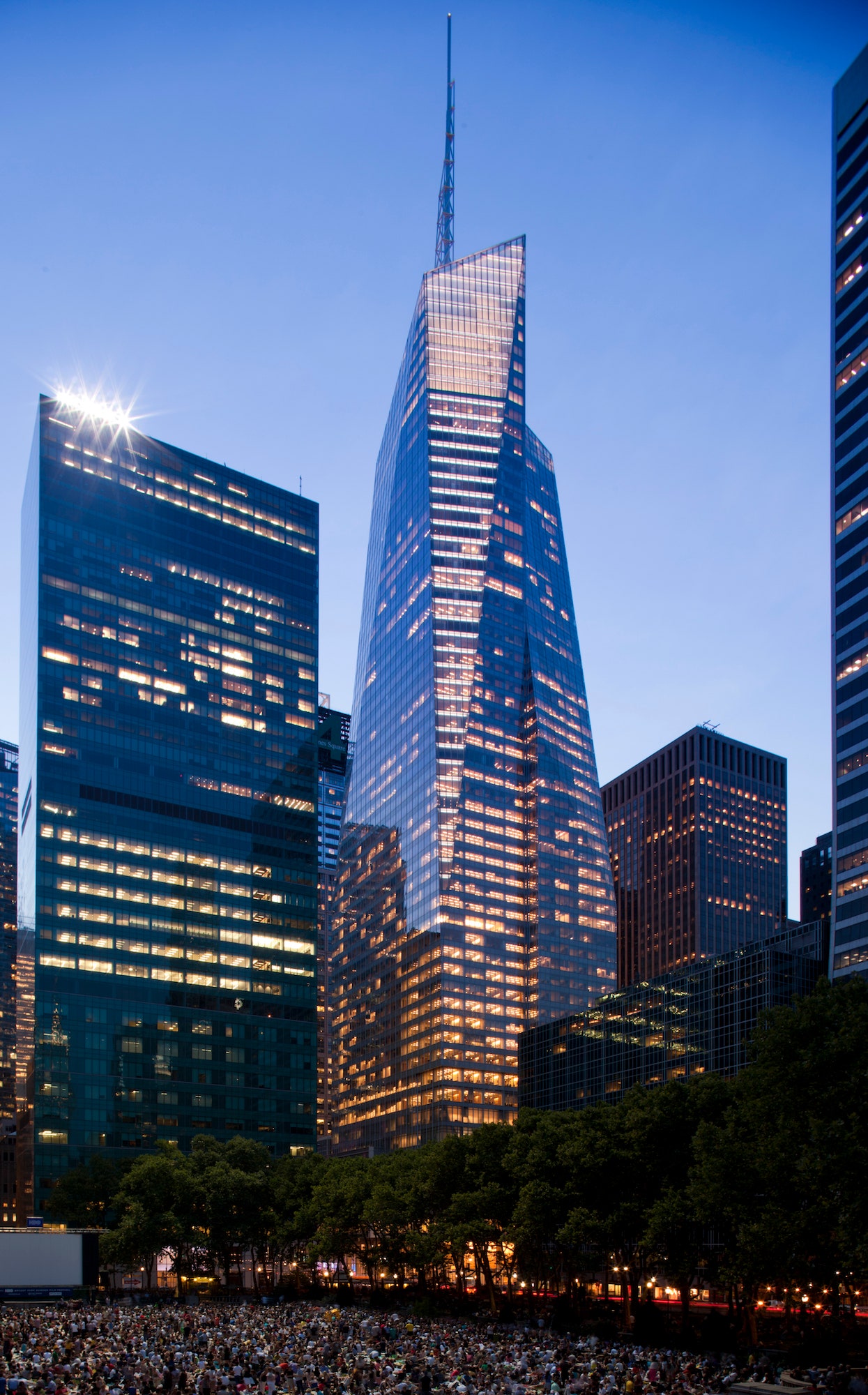
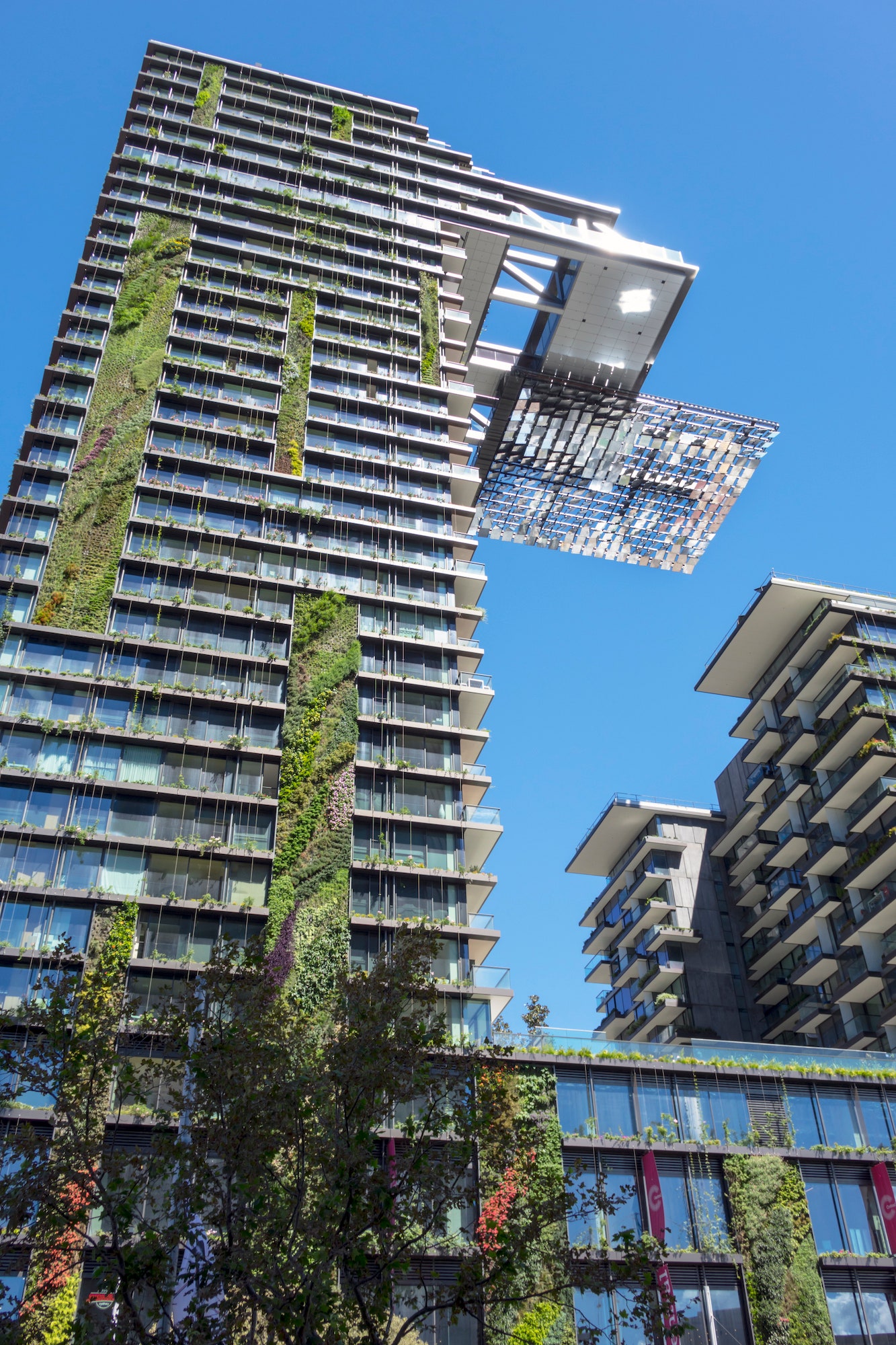
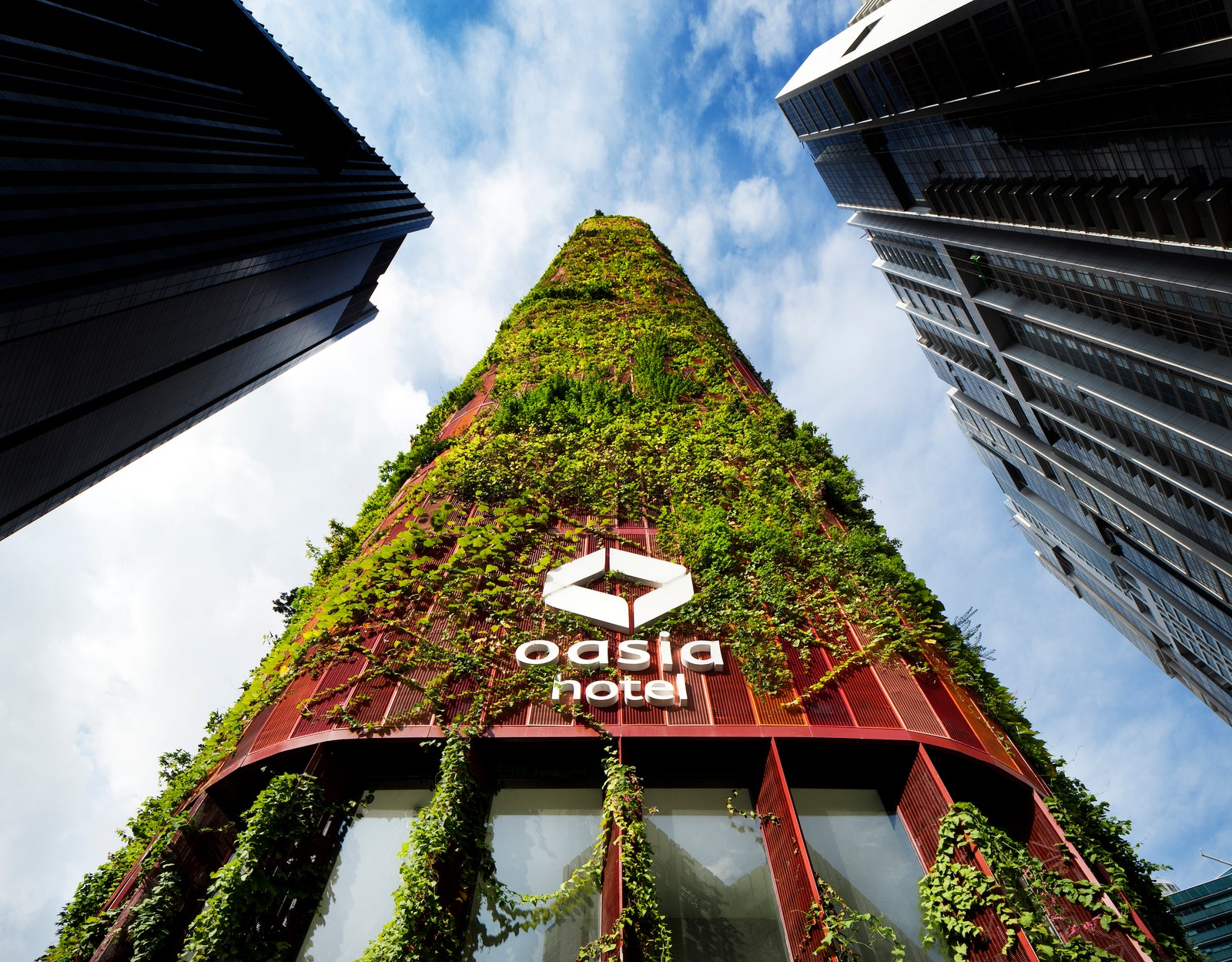

Let Us Know What You Thought about this Post.
Put your Comment Below.